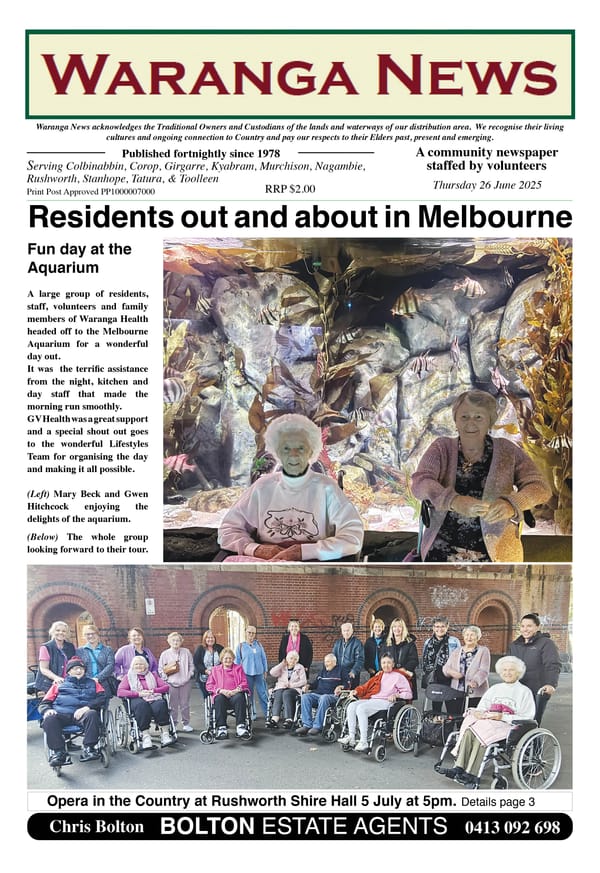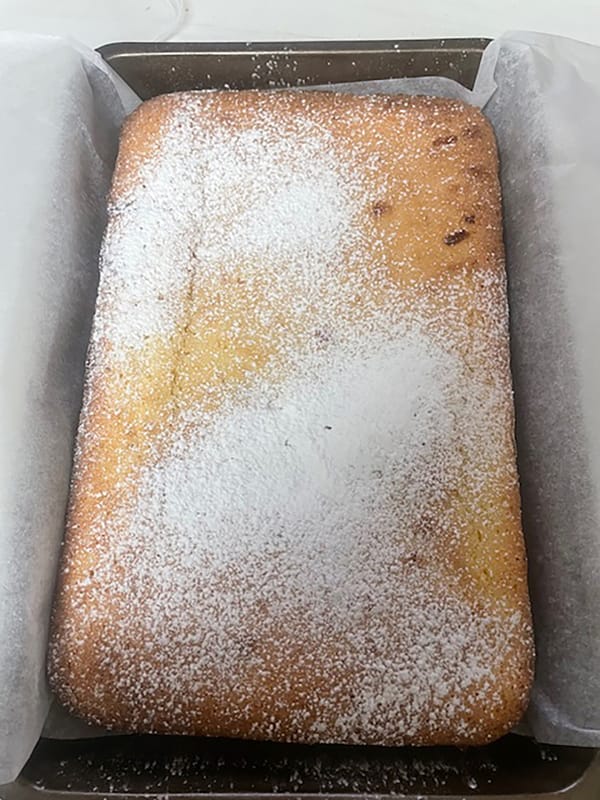46. Using a spear thrower

Most Australians are very familiar with the word “woomera” through its generic use as a term for an Aboriginal implement used to throw spears. The term was also used to name the area in South Australia where the British Government imposed on Australia to detonate atomic bombs and fire rockets into the atmosphere with complete disregard for the traditional owners of the area.
The word woomera comes from the Dharug language which was in use in what is now the Sydney area of New South Wales. It is clear that the implement was in use throughout much of Australia at the time of European colonisation, including in Ngurai-illum Wurrung country. However, the name used by the local people for the spear thrower is not known. Two of the names used by the Dja Dja Wurrung, who were near neighbours and associated with the Ngurai-illum Wurrung through the Kulin Nation, were yerrick or thur-ruk.1
A SIMPLE IDEA
The spear thrower is sometimes claimed to be an Australian Aboriginal invention that was not replicated on other continents. However, there is evidence to suggest that spear throwers were also used in Europe and the Americas. It is likely that man started using spear throwers around 30,000 years ago with variations on the basic theme being developed on different continents. When the skeleton of “Mungo Man” was discovered at Lake Mungo in southern NSW and found to be 42,000 years BP (before the present) he had an arthritic right elbow. Was this the result of prolonged use of a spear thrower?2
The idea of a spear thrower is very simple. Its use serves to extend the length of the user’s throwing arm, with three main outcomes – the spear can be thrown greater distances, at higher speed, and with greater precision – all of which gave a hunter or fighter significant advantages over hand thrown spears. Being able to throw a greater distance meant that the hunter did not have to stalk the prey as closely as before. The greater power and speed of a weapon released from a spear thrower would mean that, if accurate, it would be more likely to immobilise or kill the animal.
USE IN THE LOCAL AREA
An example of a spear thrower held in the Museums Victoria collection1 came from the Avoca area, traditional country of the Dja Dja Wurrung. Their country also spread east from Bendigo to the Campaspe River, so it is certain that they would have had contact with the Ngurai-illum Wurrung in that region, or in other Kulin Nation gatherings. The two peoples shared a significant amount of language and culture and would also have shared knowledge about inventions such as the spear thrower.
Museums Victoria suggests that spear throwers in this area were often made from wood from the cherry ballart tree as well as the blackwood wattle, common in box-ironbark forests. They were often constructed in a U-shape so that the spear could sit in the groove. On the end held by the hand, there may have been a knob to allow a better grip. The other end would have a small hook, made of wood or bone, that would slot into the end of the spear. This hook would be attached using the same materials used in other constructed items – animal sinew or handmade string, secured with heated gum from plants such as the grass tree and/or wattle.
MULTIPLE USES
One of the characteristics that differentiates Australian spear throwers from those found on other continents is that they tended to be multi-purpose. Because of the groove, which often widened out in the middle of the implement, the spear thrower could be used to collect and carry small food items. Sometimes a stone cutting edge was inserted into the handle so it could be used for various purposes, including cutting up food.
Designs were often incised into, or painted onto spear throwers, as they were with many implements used by the Ngurai-illum Wurrung people.



